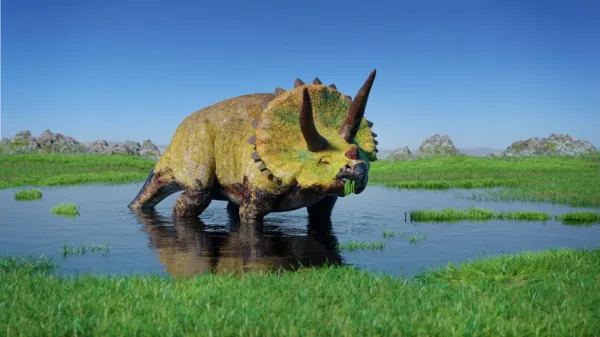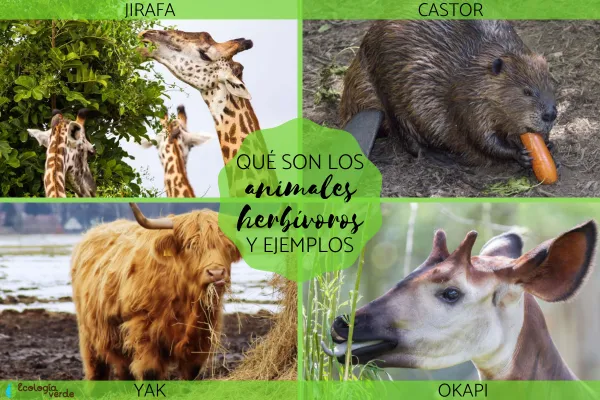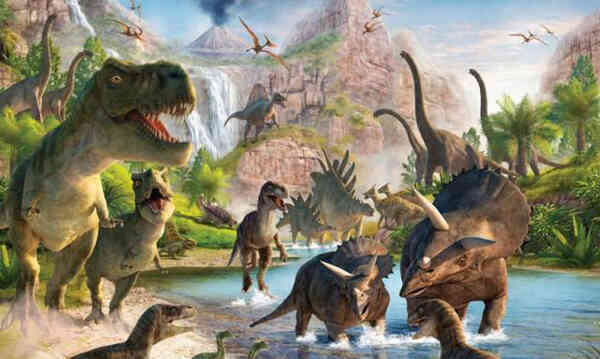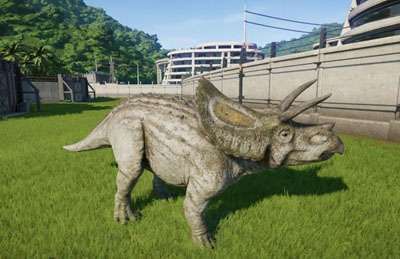
The fascinating world of dinosaurs contains an endless variety of remarkable species, each with its own adaptations and evolutionary strategies. Among them, one of the largest and most diverse groups was undoubtedly the herbivorous dinosaurs. These plant-eating giants roamed the Earth throughout the...

Nutrition is one of the vital life functions of living organisms. Different species can be classified according to their feeding strategies and habits, which they have developed through evolution. Understanding the diets of animals not only reveals how they live, but also helps us understand the rol...

Herbivorous dinosaurs and carnivorous dinosaurs are the two main categories of dinosaurs. They have obvious differences in eating habits, appearance and behavior. The following is a detailed introduction to herbivorous dinosaurs and carnivorous dinosaurs: herbivorous dino...

1. ForagingThe plants that herbivorous dinosaurs can eat are limited by their height, so some small herbivorous dinosaurs will stand on their hind limbs in order to eat high plant leaves. Carnivorous dinosaurs fed on herbivorous dinosaurs and other animals. The different foraging methods of various...

Torosaurus was a herbivorous dinosaur that lived in the late Cretaceous period in North America about 70 million years ago. It was about 8 meters long. It has a huge head with a brightly colored, oversized shield on the back of its head, two large sharp horns above its eyes, and a small horn next to...